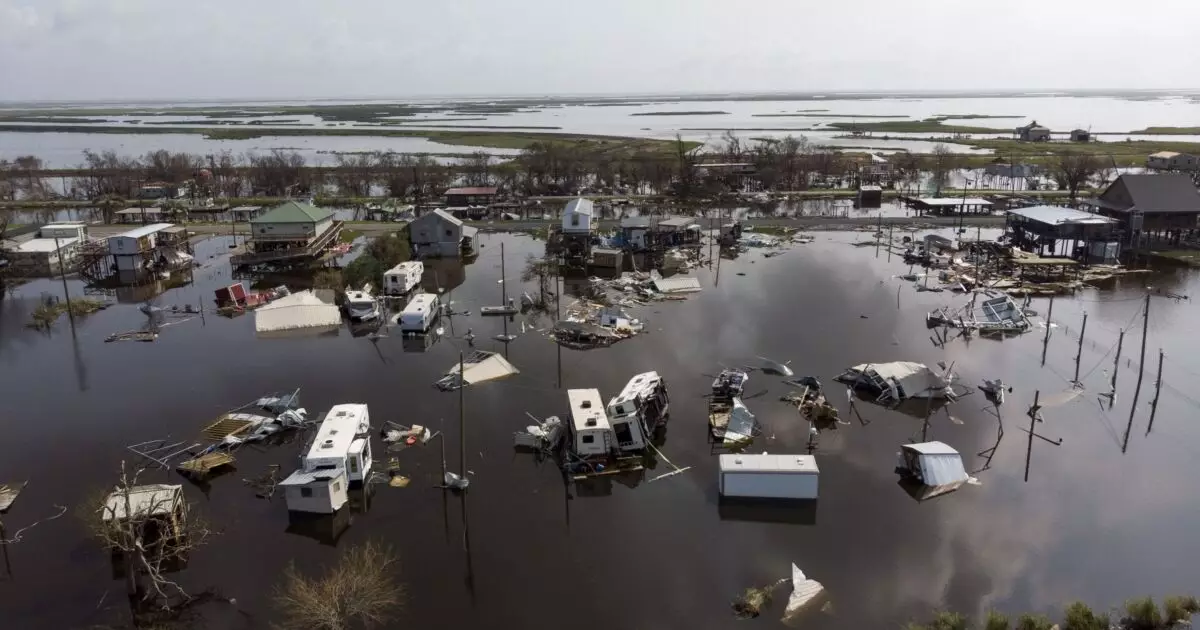As of now, a significant portion of the federal funding allocated for water and wastewater needs in the United States is still pending disbursement. With only about 6% of the $55 billion from the 2021 Infrastructure Investment and Jobs Act having been paid out so far, there seems to be a lack of urgency in utilizing municipal bonds for water infrastructure projects. The data shows a decline in bond issuance for water and sewer purposes, indicating that cities and counties are exploring alternative options due to the availability of grants and low-interest funding from the federal government.
Various factors have contributed to the slow disbursement of funds for water infrastructure projects. One significant reason cited is the Build America, Buy America provision, which requires the use of domestically produced materials. This provision has created delays in projects due to the limited availability of U.S.-made components. Additionally, the rising costs of materials, projects, and labor have added to the challenges of timely fund distribution. Earmarks on fund usage have also played a role in prolonging the disbursement process.
Looking ahead, it is expected that the majority of the benefits from the Infrastructure Investment and Jobs Act will be realized in the coming years. The federal funding allocated through 2026 is anticipated to provide significant support to water systems in need. Despite the current funding shortfall, there is optimism that the water infrastructure sector will receive the necessary resources to address its challenges.
Several challenges confront the water sector, including climate change, PFAS removal, lead line replacement, aging infrastructure, and high interest rates. Climate change, in particular, poses a significant threat, leading to issues such as sea level rise, droughts, floods, and extreme weather events. Mitigating the impact of climate change and fortifying water facilities are critical tasks for the industry to address in the coming years.
To tackle the challenges facing the water sector, innovative strategies and solutions are being developed. Collaborative efforts among local, state, and federal agencies are essential to addressing water supply issues effectively. Pricing water at a market level and investing in technologies like desalination and reuse can enhance water accessibility for residential and industrial users. Public-private partnerships, such as the Vista Ridge Supply Project in San Antonio, Texas, demonstrate the potential for successful collaborations to improve water supply infrastructure.
While there are obstacles to overcome and funding delays to address, the future of water infrastructure funding in the United States holds promise. By implementing innovative solutions, leveraging federal support, and strengthening partnerships, the water sector can navigate the challenges ahead and ensure sustainable water access for all.

